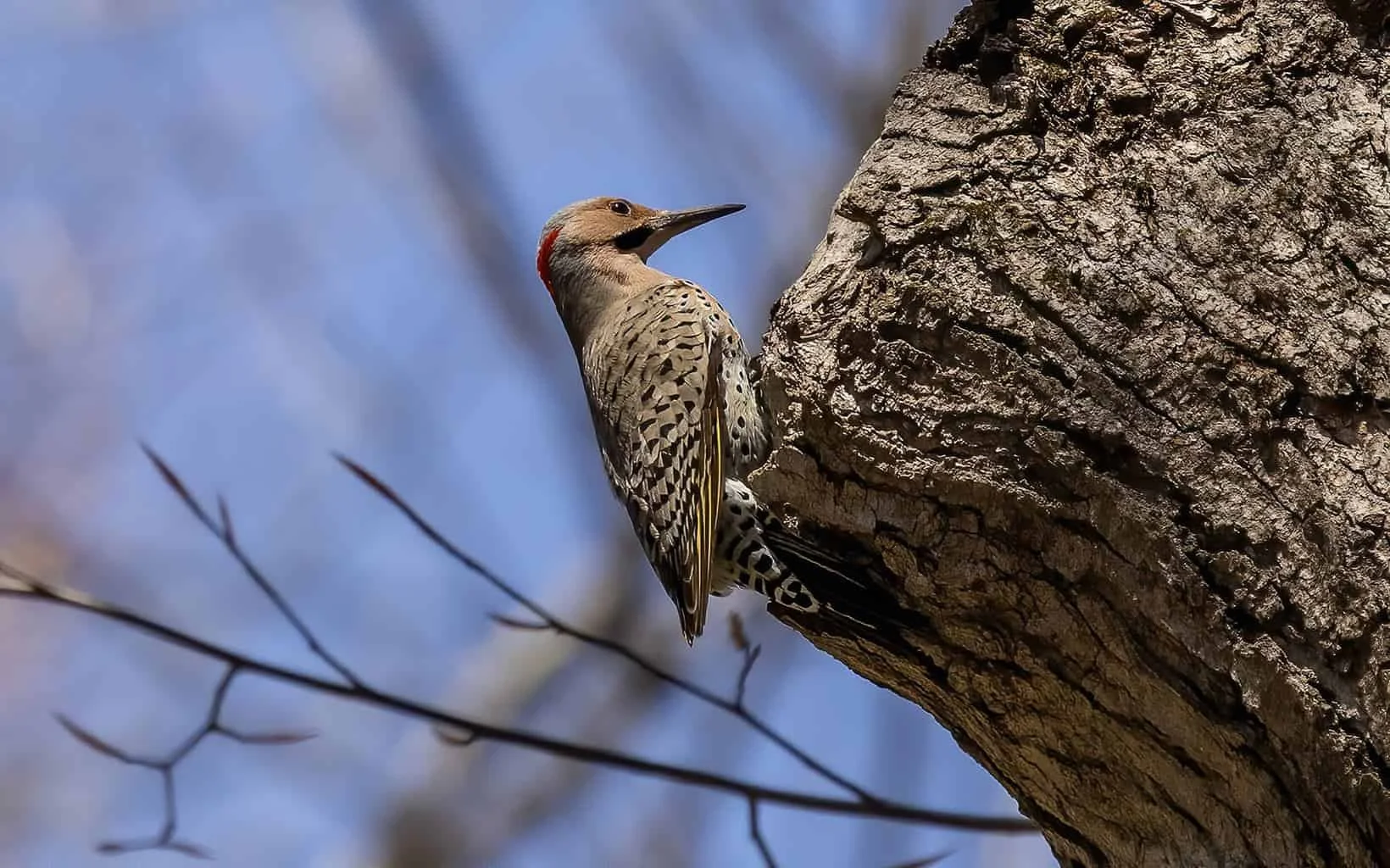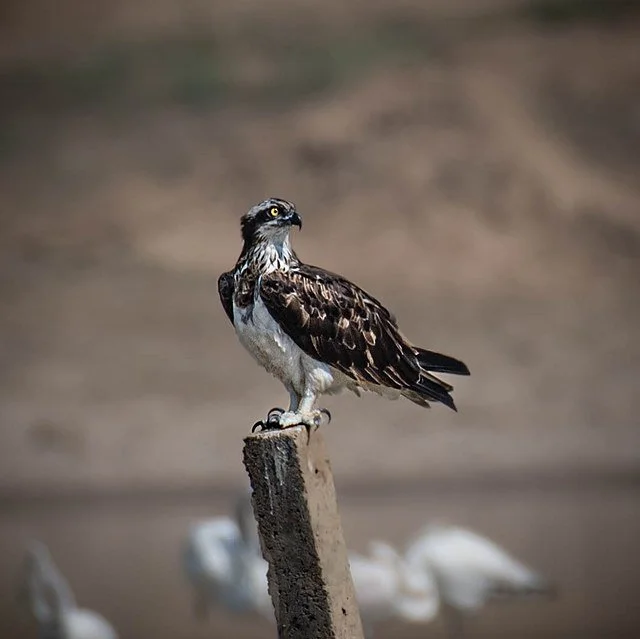Research
For the past three decades, our research has focused on studying the native flora and fauna of Long Island, New York.
American Chestnuts
American chestnut once accounted for 25 percent of the trees in the eastern deciduous forest of North America. The trees reached sixty to eighty feet high and grew five to six feet in diameter. Around 1900 a fungal chestnut blight came from Asia on imported nursery stock and affected 99 percent of the American chestnut trees.
Eastern Bluebirds
Bluebirds occur throughout much of North America. In the spring and summer they look inside the small holes of branches and tree trunks to build their grass nests. Occasionally, they will choose an exposed cavity or a broken tree snag that is open on top.
Raccoons
While Native America was busy designing nest boxes for birds, raccoons were busy emptying them out. Raccoons are nocturnal mammals that prowl the moonlit woodland paths. They are very adept at climbing trees, wooden fences and metal poles to get to the nest boxes.
Tree Swallows
Native America initiated a cooperative effort with the Town of Oyster Bay, NY in 1996 to put up nest boxes for Bluebirds and Tree Swallows on one of the capped landfills in the town. Native America provided field and design guidance and, together with the town, put up 100 nest boxes on the grassy hills. This site has proved invaluable for ornithological studies.
Woodpeckers
Woodpeckers peck at wood. They do it to uncover insects that hide under the bark. They do it to carve out small hollows in tree trunks to use as homes. And sometimes they do it as a way of talking to each other. In the early spring they can be heard hard at work making nest sites in the sides of tall trees.
Ospreys
Osprey are also known as the fish hawks. They can be seen making dramatic dives into water and soaring back into the air with a fish flopping in its talons. Osprey prefer to nest high in the tree tops. Native America has built and installed many osprey platforms for osprey nests across Long Island, New York.







